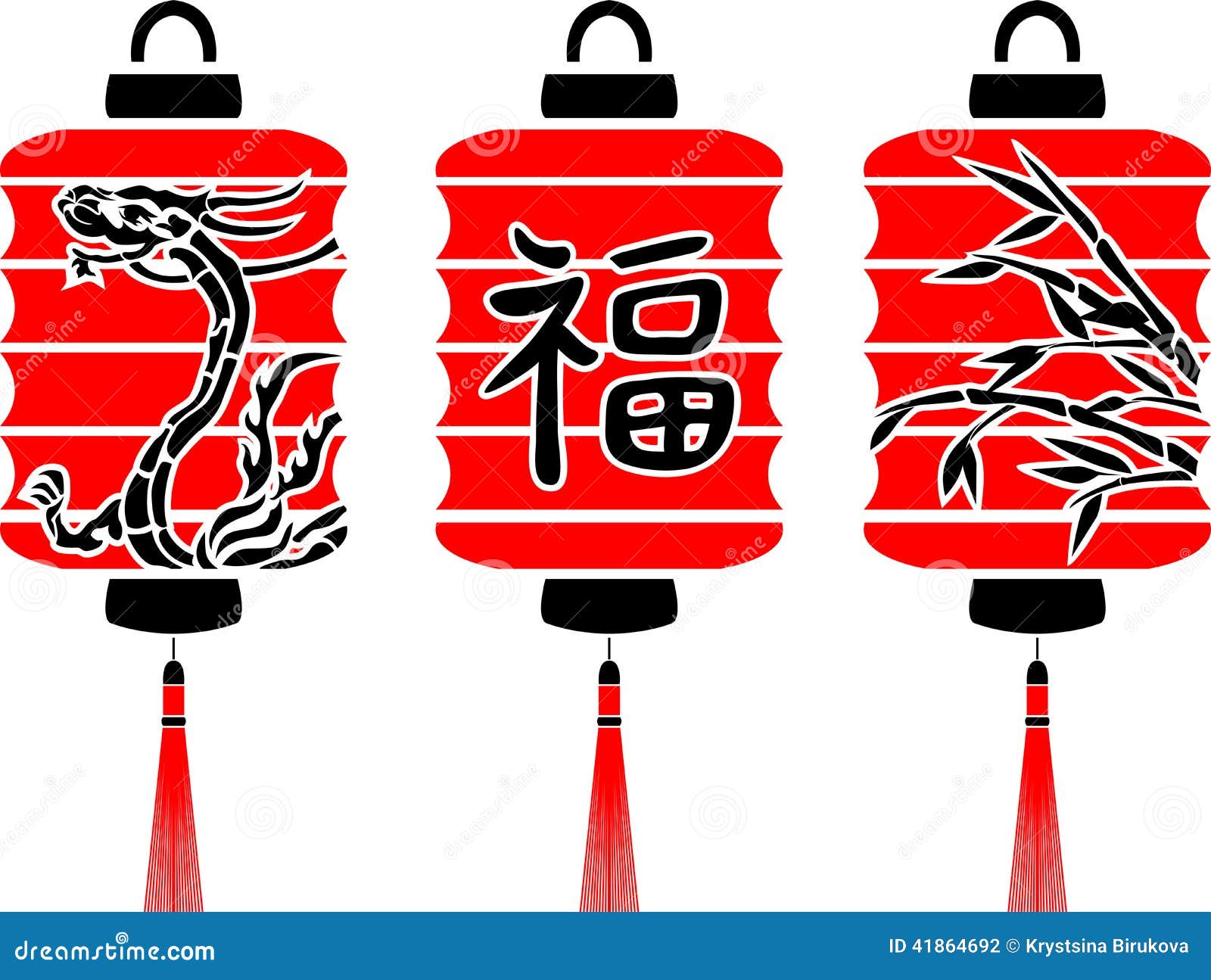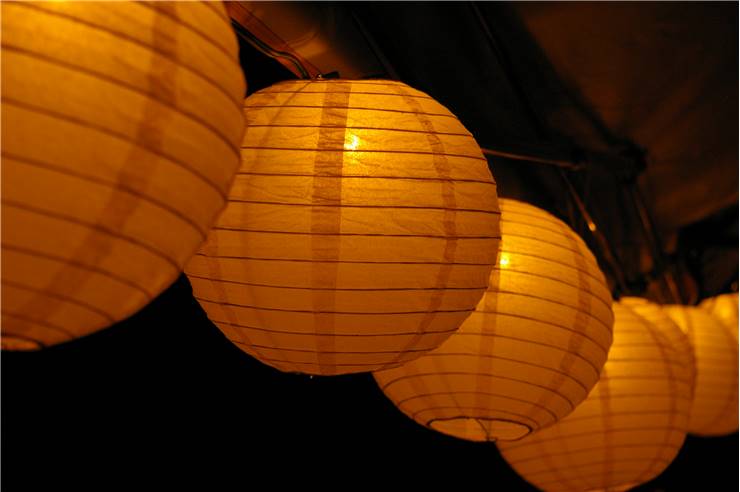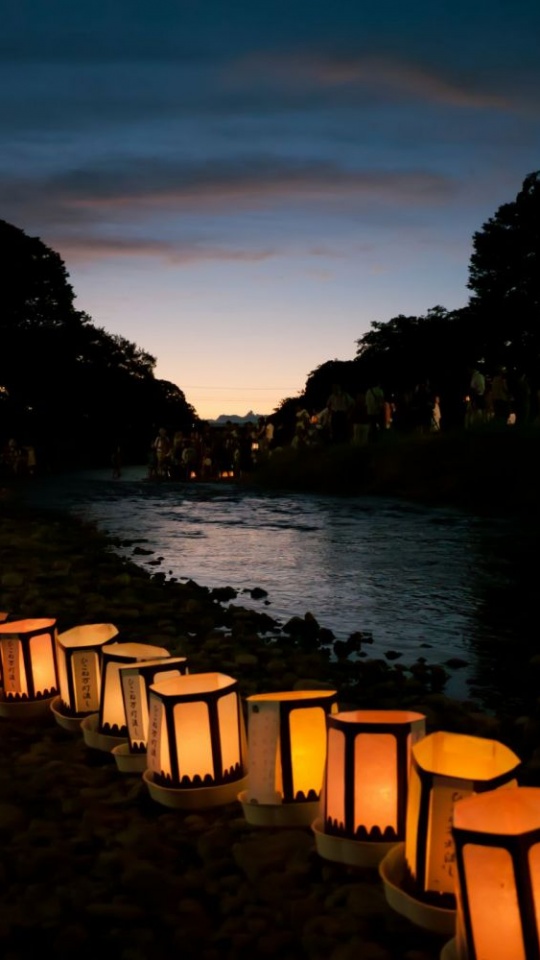

Pedestal lanterns Kasuga-dōrō garden lantern Stone lanterns can be classified into five basic groups, each possessing numerous variants. For example, an oki-dōrō, or movable lantern (see below) lacks a post, and rests directly on the ground. With the sole exception of the fire box, any parts may be absent. The lantern's structure is meant to symbolize the five elements of Buddhist cosmology. 'base platform') A variously shaped slab of rock sometimes present under the base.

'foundation') The base, usually rounded or hexagonal, and absent in a buried lantern (see below). 'post') The post, typically oriented vertically and either circular or square in cross-section, possibly with a corresponding "belt" near its middle occasionally also formed as a sideways coin or disk, as a set of tall thin lotus petals, or as between one and four arched legs (in "snow-viewing" lanterns) absent in hanging lanterns. 'central platform') The platform for the fire box. 'fire sack') The fire box where the fire is lit. The corners may curl upwards to form the so-called warabide ( 蕨手). Kasa ( 笠) A conical or pyramidal umbrella covering the fire box. Ukebana ( 請花) The lotus-shaped support of the hōju. 'jewel') The onion-shaped part at the very top of the finial. The traditional components of a stone (or bronze) lantern are, from top to bottom: A. They were introduced from China via Korea during the Nara period and were initially used in Imperial palaces. Hanging lanterns Hanging lanterns ( tsuri-dōrō) at Tanzan ShrineĪlso called kaitomoshi ( 掻灯), tsuri-dōrō hanging lanterns are small, four- or six-sided and made in metal, copper or wood. The segments express the idea that after death a person's physical body will go back to their original, elemental form. The bottom-most piece, touching the ground, represents chi, the earth the next section represents sui, or water ka or fire, is represented by the section encasing the lantern's light or flame, while fū (air) and kū (void or spirit) are represented by the last two sections, top-most and pointing towards the sky. In its complete, original form (some of its elements may be either missing or additions), like the gorintō and the pagoda, the dai-dōrō represents the five elements of Buddhist cosmology.

The two most common types of dai-dōrō are the bronze lantern and the stone lantern, which look like hanging lanterns laid to rest on a pedestal. 'platform lamp'), used in gardens and along the approach ( sandō) of a shrine or temple. 'hanging lamp'), which usually hang from the eaves of a roof, and dai-dōrō ( 台灯籠, lit. Tōrō can be classified in two main types: tsuri-dōrō ( 釣灯籠/掻灯/吊り灯籠, lit. In modern gardens they have a purely ornamental function and are laid along paths, near water, or next to a building. Soon they started to develop new types according to the need. ĭuring the Azuchi-Momoyama period (1568–1600), stone lanterns were popularized by tea masters, who used them as garden ornaments. Taima-dera has a stone lantern built during the Nara period, while Kasuga-taisha has one of the following Heian period. The oldest extant bronze and stone lanterns in Japan can be found in Nara. Stone lanterns have been known in China as early as the Han dynasty (202 BCE–220 CE), and prevailed from the Wei, Jin, Southern and Northern Dynasties all the way up to the Tang Dynasty, when they were introduced to Japan. Their use in Shinto shrines and also private homes started during the Heian period (794–1185). Lit lanterns were then considered an offering to Buddha. In Japan, tōrō were originally used only in Buddhist temples, where they lined and illuminated paths. Originating in China, stone lanterns spread to Japan, Korea and Vietnam, though they are most commonly found in both China – extant in Buddhist temples and traditional Chinese gardens – and Japan. Stone lanterns ( 灯籠/灯篭/灯楼, Chinese: dēnglóng Japanese: tōrō, meaning 'light basket', 'light tower') are a type of traditional East Asian lantern made of stone, wood, or metal. For the plants, see Physalis alkekengi and Hibiscus schizopetalus.


 0 kommentar(er)
0 kommentar(er)
